Prefabricated homes, also known as modular homes, have been gaining traction in the real estate market as a viable, eco-friendly, and cost-effective housing solution. This surge in popularity is not without reason. They offer a myriad of benefits that cater to the modern homeowner’s needs, from reduced construction time to customizable designs. Let’s explore these advantages in detail, shedding light on why these types of homes are becoming a preferred choice for many.
8 Advantages of Prefabricated Homes
1. Efficiency and Speed of Construction
One of the most significant benefits of prefabricated homes is the speed of construction. Unlike traditional homes, which can take months or even years to build, prefabricated homes are assembled in a matter of weeks. This is because the components of the house are manufactured in a controlled factory setting. Therefore, it ensures a quick and efficient assembly process once they reach the construction site.
2. Cost-Effectiveness
Prefabricated homes are often more affordable than their traditional counterparts. The controlled environment of a factory reduces waste and allows for bulk purchasing of materials, which significantly lowers the overall cost. Moreover, the shorter construction timeline reduces labor costs, making them an economical choice for potential homeowners.
3. Environmental Sustainability
Eco-consciousness is a growing trend in the construction industry, and prefabricated homes are at the forefront of this movement. The factory-based production of home components leads to more precise construction, less waste, and a smaller carbon footprint. Furthermore, many homes are designed with energy efficiency in mind, featuring solar panels, energy-efficient windows, and other green technologies.
4. Energy Efficiency
Due to their factory precision, prefabricated homes are often more energy efficient. Because of better sealing, they have reduced air leakage, a major factor in heat loss and gain in homes. This inherent energy efficiency can be enhanced with additional eco-friendly options like improved insulation, high-efficiency HVAC systems, and advanced window glazing. All of these options result in lower energy costs for homeowners.
5. Design Flexibility
Contrary to the misconception that they lack uniqueness, prefabricated homes offer extensive customization options. Buyers can choose from a wide range of floor plans and design elements. These options allow for personalization that reflects their style and meets their specific needs.
Additionally, the process also allows for innovative use of materials and design techniques that might be cost-prohibitive or difficult to execute on traditional construction sites. This includes the use of sustainable materials, state-of-the-art building technologies, and cutting-edge designs that can make homes not only more aesthetically pleasing but also more functional.
6. Durability and Quality Control
Prefabricated homes are also built to high standards of quality and durability. The manufacturing process in factories is subject to strict quality control measures that are often more rigorous than those found on traditional construction sites. This controlled environment ensures that every component meets the required standards, resulting in a final product that is robust and long-lasting.
Furthermore, they must withstand the rigors of transport to the build site. This results in a structure that is inherently stronger and more durable than a traditionally built home. This can be especially advantageous in regions prone to extreme weather conditions, providing an added layer of safety and security.
7. Reduced Risk of Delays
Prefabricated homes are less susceptible to the typical construction delays caused by weather, as the majority of assembly occurs indoors. This controlled environment means that rain, snow, and extreme temperatures won’t hinder the construction process, leading to a more predictable timeline.
Furthermore, there is less disruption on site since the majority of construction takes place in a factory. This means less noise, less traffic, and less environmental impact on the site, making prefabricated homes a neighbor-friendly option.
8. Versatility in Location
Modular homes also give you more choices since you can construct them in virtually any location, regardless of how remote. This opens up possibilities for homeowners desiring to build in secluded or challenging terrains where traditional construction might be restrictive or exceedingly expensive.
The Value of Choosing a Prefabricated Home
Prefabricated homes offer a modern solution to many of the challenges faced by today’s homeowners and builders. Their efficiency, cost-effectiveness, sustainability, and design flexibility make them an attractive option for a wide range of buyers. As the trend towards more sustainable and affordable housing continues to grow, it will likely become an even more appealing and popular choice for homeowners.
Are you considering making your next home a prefabricated one? What advantages or concerns do you have?
Read More
- 10 Hidden Costs of Owning a Tiny Home
- Are Manufactured Homes a Good Investment?: All You Need to Know

Jenny Smedra is an avid world traveler, ESL teacher, former archaeologist, and freelance writer. Choosing a life abroad had strengthened her commitment to finding ways to bring people together across language and cultural barriers. While most of her time is dedicated to either working with children, she also enjoys good friends, good food, and new adventures.

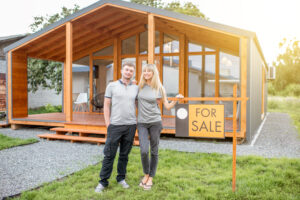
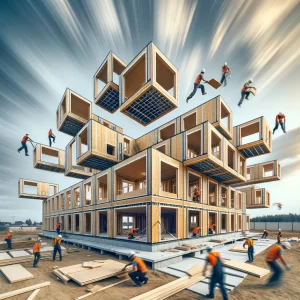
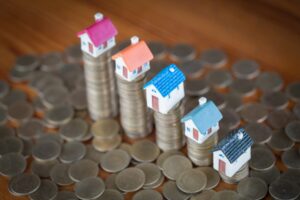
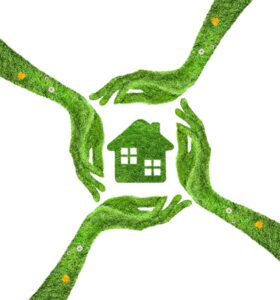
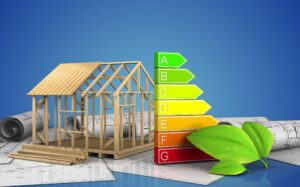
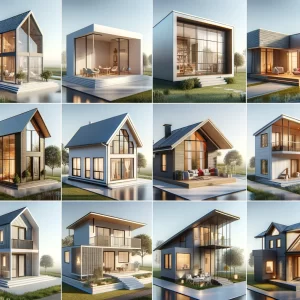
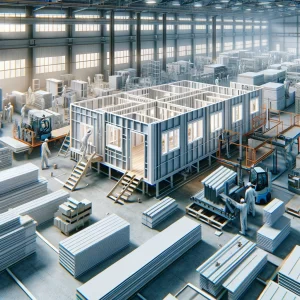
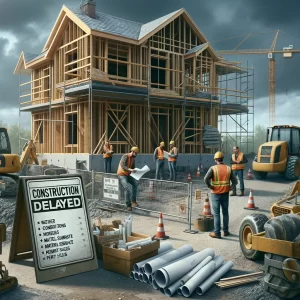
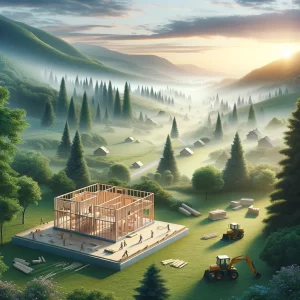
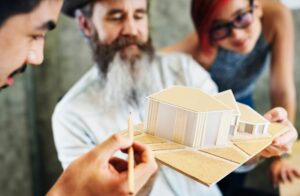
I need a home to downsize into for approximately 2 acre lot that is an energy efficient two story home traditional or craftsman style even consider modern if design is right but would be placed on a concrete slab like conventional residential suburban construction and must be at least two bedrooms, an additional office space/sewing room/she space bedroom combo (my man cave is going to be in a detached auto/tractor garage/barn/hunting cabin/workshop/mad scientist laboratory/computer operations center/ man oriented refuge built and perfected over time since I can’t afford an instant build) . Must be in a lower price range similar to a log cabin build or an Insulated concrete and foam structure (ICF) or Aerated concrete block or shotcrete insulated forms or prefab concrete wall panels and forms? Solar farm friendly, hydro electric dam, windmill power turbine, or whatever is next (maybe residential sodium cooled self contained nuclear power reactor cell? If they ever go below $20K installed instead of $20 million)
V/R
G